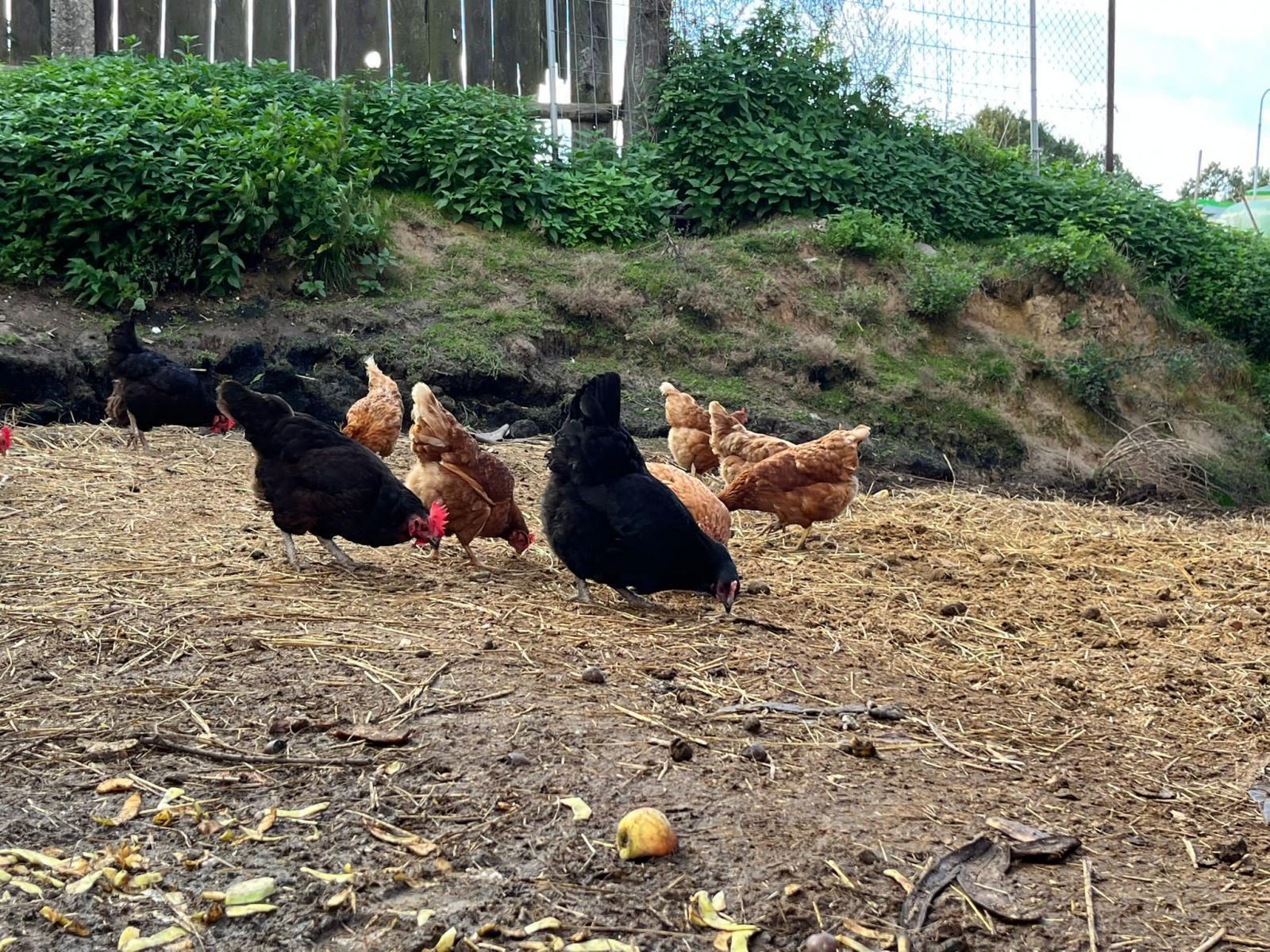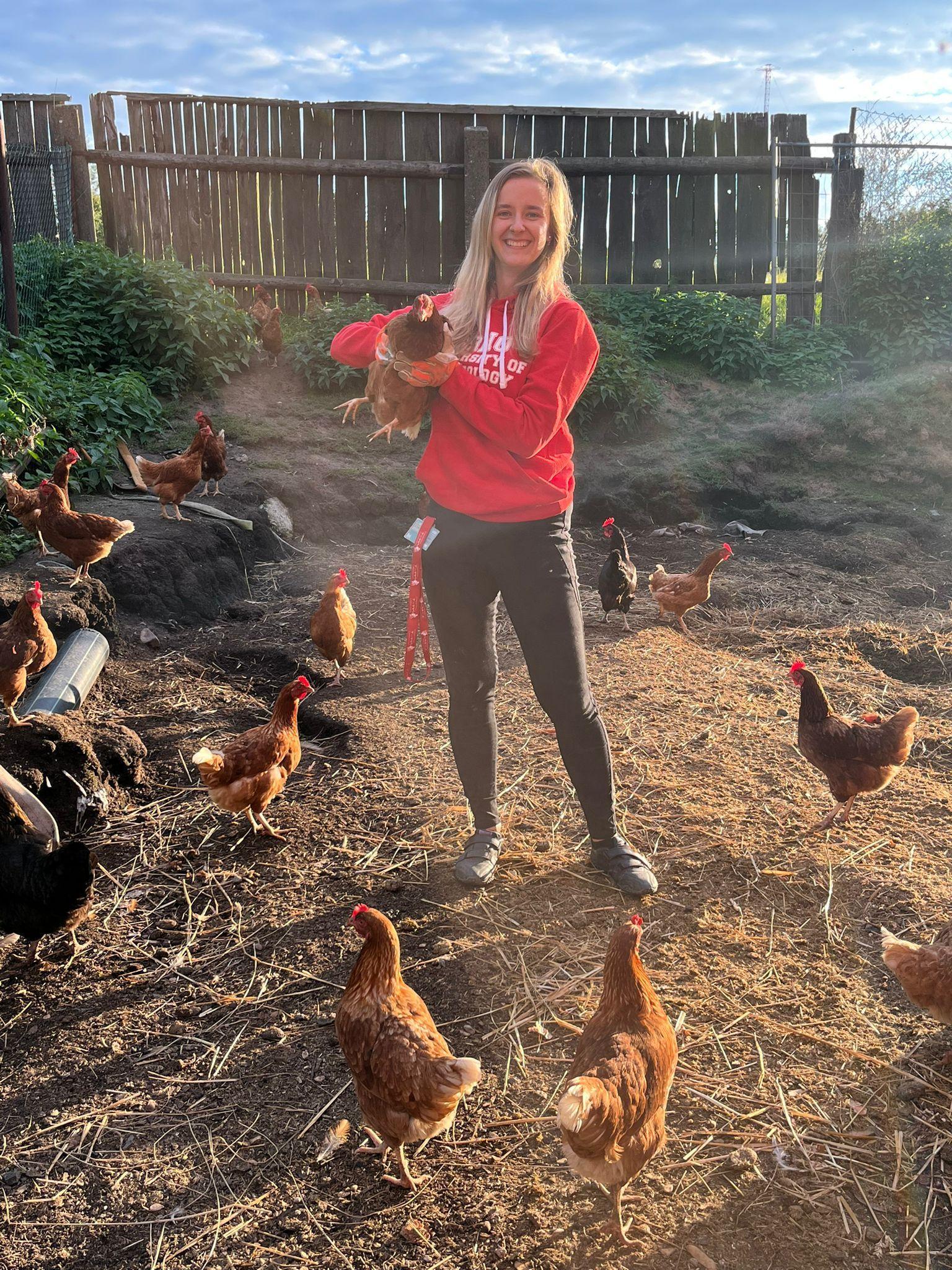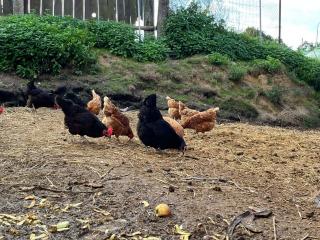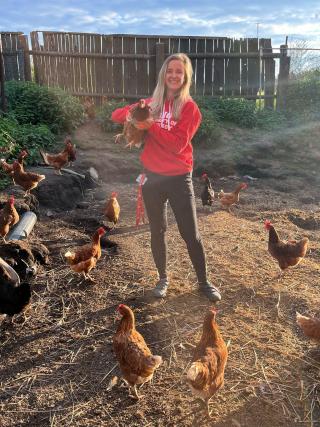Antibiotic resistance in the poultry microbiome is investigated by FEEC BUT

Darina Čejková's team from the Department of Biomedical Engineering FEEC BUT investigates how genes causing antibiotic resistance are transmitted. Specifically, the researchers are interested in the intestinal microbiota of chickens, because the poultry industry is considered one of the main sources of antibiotic resistance genes due to the extensive use of antibiotics in the past. The three-year project, on which the University of Veterinary Sciences Brno and the Technical University of Denmark are collaborating, should primarily bring new methods of analysis and their optimization.
More and more often, we come across reports of antibiotics not working due to their overuse or of resistant bacteria, which, for example, in hospitals often no longer respond to disinfectants. "Even basic operations such as appendectomy can cause problems. Especially in people with weakened immunity," Darina Čejková from the Institute of Biomedical Engineering FEKT BUT says.
The project under her leadership therefore deals with antibiotic resistance. However, it does not focus on the issue of the hospital environment, but on agriculture. "The question is what is the source of resistance genes, or resistant pathogenic organisms. One possibility is agriculture and livestock breeding. It is reported that up to ten out of every twelfth bacteria live in one gram of the intestinal cavity," Čejková explains, adding that these bacteria can then transfer genes that cause resistance to each other.
THE PROJECT SHOULD BRING A NEW METHODOLOGY
According to her, antibiotics have been used especially in the poultry industry since the beginning of commercial use. Although strict restrictions on the use of antibiotics have been in place in the European Union since 2006, microbes continue to pass on resistance genes. "For example, small chickens in farms are without contact with the hen, i.e. a source of healthy microflora, which allows them to better resist intestinal pathogens. They have almost no microflora of their own and acquire it randomly from the environment. The nurse can then easily introduce a pathogen there, which carries resistance and which can spread very quickly," she explains.

They are collaborating on the project with the University of Veterinary Sciences Brno and the Technical University of Denmark. In addition to new tools for analysis and optimization of methods, they also want to determine the dynamics of development. "Specifically, how the amount of transferred genetic material changes over time. Whether the amount of some resistant bacteria increases or decreases over time," Čejková concludes. That is why he hopes that they will be able to follow up on this first project of its kind and will be able to focus on the issue in the long term.
Source: zvut.cz/en
| Responsible person | Ing. et Ing. arch. Jana Němcová |
|---|---|
| Date of publication |

